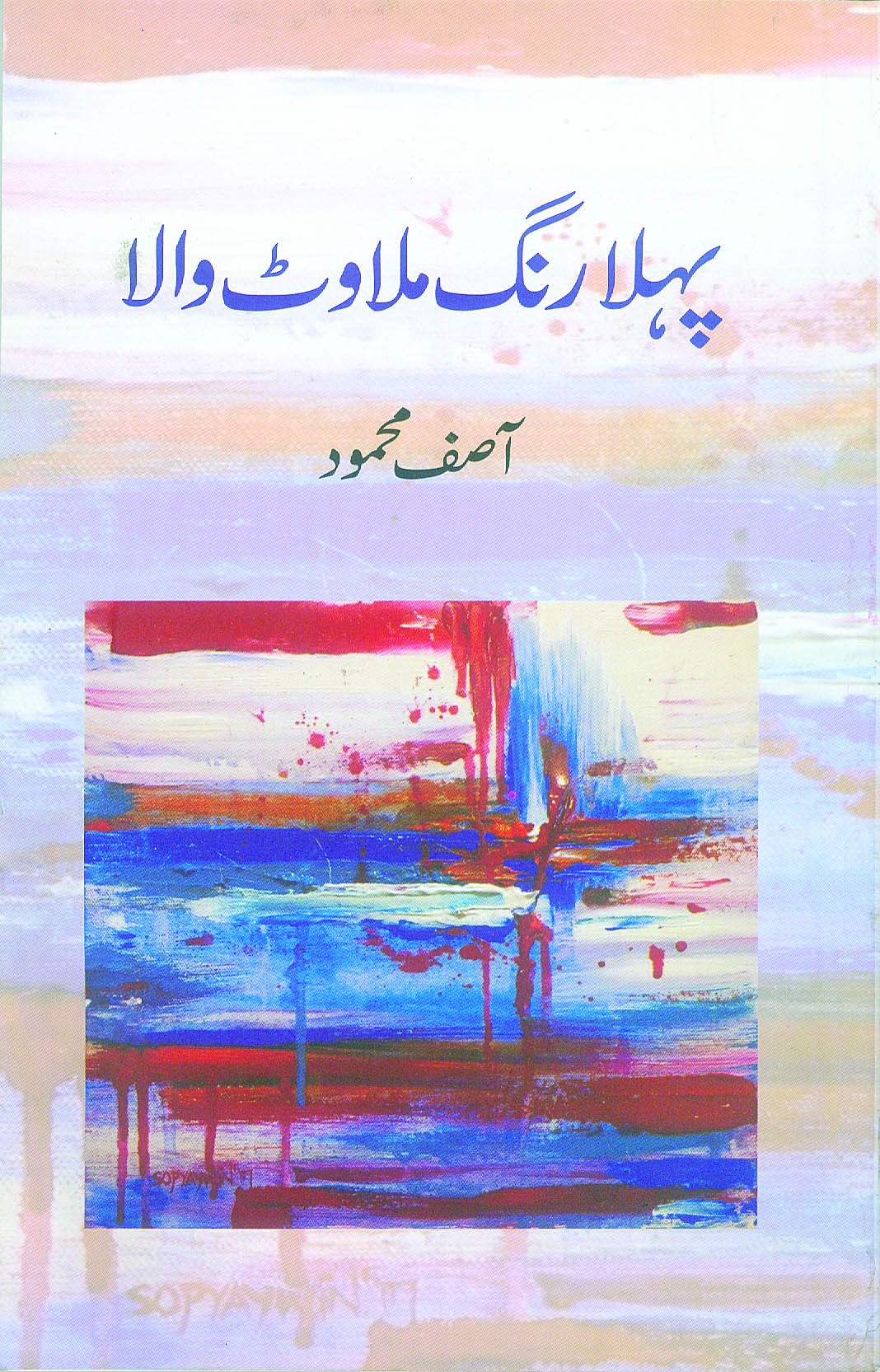
A young poet’s rebellious voice about what is going on in the homeland and beyond

The first time I read the name Asif Mehmood was in 2004 in Room 266 of the New Hostel, Government College University, Lahore. It was a short story, ‘Mohen Jo Daro Phase-II’, published in Patras, the annual hostel magazine. It is a vague memory. I met Asif Mehmood, the poet, in 2008 and have been a listener and reader of his poetry ever since.
The problem with the poems you hear - or read on social media, for that matter - is that they have a short impact, they evaporate into nothings of the busy everyday, like a scene that catches your eye for a while before you move on. But the poetic text in a book form stays with you like a constant presence, like a companion having a conversation with you, with the contents of the conversation emerging and re-emerging in the mind with different colours and sounds, effects and meanings. What follows below is my response as a reader to Pehla Rang Milawat Wala (The First Colour that is Impure/Mixed), the debut collection of 34 poems by Asif Mehmood.
What is this first colour that is impure? Does it refer to the title of the book? A few lines by Gunter Grass preface the poems, questioning anything that could possibly be pure: "But nothing is pure. Not even the snow is pure. No virgin is pure. Even a pig isn’t pure. The devil never entirely pure. No note rises pure. Every violin knows that … The idea? Isn’t it always pure? … No idea stays pure."
So the first possible interpretation of the title is that this is the creation of the first impure/mixed colour in the otherwise Land of the Pure. Undoubtedly very diverse in treatment and themes, it won’t be a sweeping generalisation to say that the poetic voices in Pehla Rang Milawat Wala are about the unsayable. Or rather they are a collective voice, a cry, a murmur, a whisper and a slogan - an emerging narrative of sorts, against the obvious imposition of a ban on the expression of what is human, against what has been termed blasphemous in the society and state of Pakistan. For those condemned to be the blasphemous, a poem ‘Hamari Haqeeqat’ goes like this:
While charting the path for writers and artists, another poem ‘Umeed Key Hijjay’ reads like this:
Lamenting the disappearance of those going against the dominant narrative, he imagines the maps of the building where the captives are kept, the buildings which are invisible to the public gaze.
When read along this line, the poems range from the theme of lack of space for diverse cultural-political expressions to pushing again the homogenising (one) colour of the Islamic state; from feminist voices gasping for air in the society to the creative urge for queer spaces; from the longing for celebration of love for life to the despair emanating from waiting for Godot.
While reading the poems if, on the one hand, poets like Faiz, Rashid, and Majeed Amjad echo in the mind, on the other, the texture, rhythms and tone employed bring to mind some novelists from across the world, especially Milan Kundera, of what the verses collectively taste like.
In other words, if the aesthetics of the flow, metaphors and images used in the poem reflect the influence of the Urdu’s great poets, the treatment of themes also shows how much Mehmood draws on his reading of fiction from across the globe. In this sense, this is a strangely sweet mixture of Urdu’s melody and music and the intellectual lust for wandering in the world of prosaic fiction.
Poetry speaks to us all in our secret thoughts and feelings, and some give it a form of writing. It is a form of a young poet’s rebellious voice about what is going on in the homeland and beyond. I don’t know how the critics view this ‘poetic voice’, but I would say there is a need for poems like these - and a lot of them.
Pehla Rang Milawat Wala Poet: Asif Mehmood
Publisher: Sanjh Publications
Pages: 80
Price: Rs200